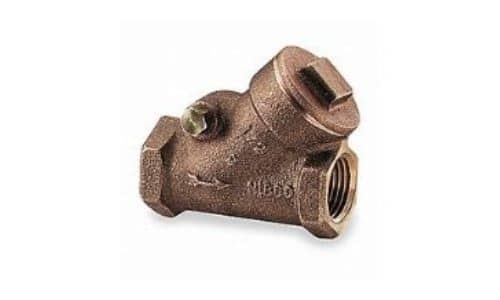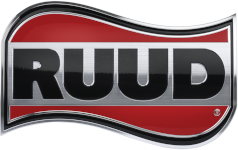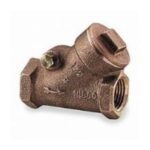
Sprinkler Stop-And-Waste Valves
Most homeowners are happy to put in sprinkler lines so their lawns and gardens stay lush, green, and productive all through the year. But sometimes, they may face a dilemma. If they leave the lines connected all year, thawing frozen areas may start to crack!
If water freezes in the lines during the cold, then the lines could burst as the temperature gets warmer and the entire setup will need to be repiped. This is where stop-and-waste valves come in handy. If you don’t know what these valves are yet, that’s okay! Most homeowners don’t know what they are, either.
And for you, that is going to change. In this article, you’ll learn what stop-and-waste valves are, their importance for your garden, and how much money they can save you if you have them installed.
What Are Sprinkler Stop-And-Waste Valves?
 A stop-and-waste valve is a fitting that attaches to your irrigation sprinkler lines, and it prevents water from freezing in the lines. These valves are left open for the duration of the year and are only closed or shut off manually when you want them to be closed.
A stop-and-waste valve is a fitting that attaches to your irrigation sprinkler lines, and it prevents water from freezing in the lines. These valves are left open for the duration of the year and are only closed or shut off manually when you want them to be closed.When closed, they prevent any water at all from flowing into and through your irrigation system and it will drain any water present. When there is no more water in your pipes, they can sit dormant without the fear of freezing, breaking, or cracking.
A stop-and-waste valve consists of several parts, including a valve, one or two 90 degree elbows, PVC adapters, and short lengths of PVC pipe to connect onto your irrigation system.
Where to Place a Stop-And-Waste Valve
If you already have a stop-and-waste valve, or you want to have one installed, you’ll likely be going to the same location. Stop-and-waste valves are connected to the main water line that provides water for your house, and it connected directly to your irritation system.
This is often found near the water main for your house and is the best place to be fitted for your system. The valve is typically buried in accordance with the depth of the water line running into your house.

Why is it important for you to know the location of your valve? Two reasons. One, if you need to shut the valve off for winter, you’ll need to turn it off manually with a key. So accessing the valve is essential to drain the water from your pipes.
You’ll also need to turn it back on during the spring, summer, and fall, so, again, you’ll need to access its location. Second, if you experience leaks or freezing pipes even though a valve is installed, you’ll need to access it in order to have a plumber fix the valve.
Sprinkler Stop-And-Waste Cost
 Installing a stop-and-waste valve can save homeowners hundreds of dollars every year. If the valve stops working, it’s vital to get it fixed as soon as possible. If you choose to ignore this part of your plumbing and you let the water fill your pipes due to a broken valve, you’ll likely face significant repair bills in a plumbing emergency situation.
Installing a stop-and-waste valve can save homeowners hundreds of dollars every year. If the valve stops working, it’s vital to get it fixed as soon as possible. If you choose to ignore this part of your plumbing and you let the water fill your pipes due to a broken valve, you’ll likely face significant repair bills in a plumbing emergency situation.Garden irrigation can crack when there is water left inside. Not fixing the valve before winter hits means a likelihood of your garden irrigation system needing complete replacement due to cracking. This is a yearly event and it’s better to fix the valve once than to have to constantly replace your irrigation system every year.
Premier Plumbing Professionals
C. Woods Company has been serving Tyler, TX, since 1956! They offer professional plumbing, heating, and cooling services to keep your home in top working order. When you call C. Woods Company, they guarantee you’ll be given friendly and courteous treatment and personalized solutions for any problem you encounter.
Distribution Links +
- kake.com
- erienewsnow.com
- wrcbtv.com
- lubbocks969thebull.com
- magic1065.com
- fox21delmarva.com
- wicz.com
- wboc.com
- telemundolubbock.com
- tulsacw.com
- weny.com
- 1007thescore.com
- doublet973.com
- 937theeagle.com
- fox34.com
- lubbockcw.com
- mylubbocktv.com
- oldies977lubbock.com
- 1077yesfm.com
- rfdtv.com
- ktvn.com
- wfmj.com
- htv10.tv
- snntv.com
- central.newschannelnebraska.com
- metro.newschannelnebraska.com
- southeast.newschannelnebraska.com
- midplains.newschannelnebraska.com
- northeast.newschannelnebraska.com
- plattevalley.newschannelnebraska.com
- panhandle.newschannelnebraska.com
- rivercountry.newschannelnebraska.com
- wrde.com
- telemundonuevomexico.com
- wfxg.com









